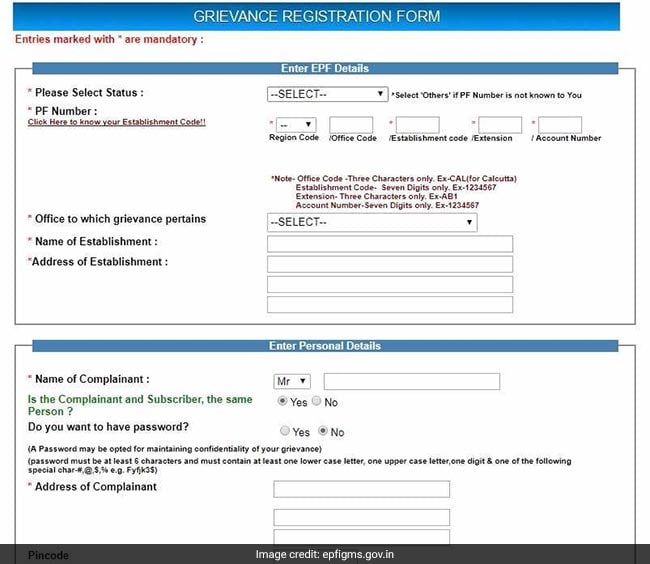
Google Breakthrough Sends Us Down the Path to General AI for Translations
Artificial Intelligence (AI) is fast becoming a part of everyday use that touches almost all aspects of our lives. Years of research and development have provided some astonishing breakthroughs in the past year and a half that will most certainly provide further AI applications to support human endeavours.
A few of the most important breakthroughs from the past 18 months are noted below.
In September 2016, Google published a paper titled ‘Google’s Neural Machine Translation System: Bridging the Gap between Human and Machine Translation’. It claimed that their neural machine translation (NMT) technology could perform translations that were ‘nearly indistinguishable’ from human translations of the same text.
Two months after Google’s announcement, Microsoft released a statement publicizing their intention to use neural networks to power all of their speech translation software.
Just six months later, the Facebook Artificial Intelligence Research Team (FAIR) published results on their Convolutional Neural Network (CNN) approach to translation. They stated it was nine times faster than Google’s Recurrent Neural Network (RNN)-based GNMT technology.
The concept and application of Machine Learning and Deep Learning have led these tech giants away from Statistical Machine Translation. This enables vastly improved multimedia translation technology and shows other applications of AI that can be beneficial to many areas of our lives.
To understand how we got to this point, it is useful to look back at how AI developed.
The Birth of AI
In the 1950’s Narrow AI was developed to enable machines to perform rule-based tasks as well as, if not better than, humans. The software was confined by the rules it was programmed to follow, and relied on these and pattern recognition to perform its duties. A modern day example of this are spam filters, which get used by millions of inboxes each day.
By the 1990’s computer scientists and programmers were experimenting with algorithms and huge amounts of data to ‘train computers’. This was met with great success, and machine learning was born. Computers began to be able to properly identify and separate data sets to make decisions and predictions for users. Google Home and Amazon’s Alexa are perfect examples of this technology at work.
Since its early conception, Deep Learning has used the concept of algorithms and big data to train artificial neural networks. These networks have been taught to learn from ongoing data inputs and past actions to solve new problems that have never been presented to them before.
These artificial neural networks are based on the way that a human brain, or in some cases an animal’s visual cortex, is structured. This allows them to process information faster while also learning from previous information. Therefore, the more a system is used, the ‘smarter’ it becomes. Deep Learning is where Google, Microsoft, and Facebook’s translation methods fit into AI’s development.
In the near future, General AI will be able to make use of the accumulated research and development to deliver us a science-fiction future. Soon, machines that are able to independently perform all manner of actions to a similar or better level of intelligence as humans will be commonplace.
The Future of AI
The development of artificial neural networks and the massive amounts of data they process has led to further improvements in the hardware that supports them. Last September, Intel announced they were working on the development of neuromorphic chips, named Loihi, to support the additional processing needs of general AI.
Google also collaborated with the startup Nervana in 2017 to create processing chips that could support the larger neural networks they are building. These small pieces of hardware are a necessary step for supporting the increased processing speeds we will come to expect from general AI.
The different approaches to building and using artificial neural networks are the basis for better machine translation platforms as well as other applications for the technology. From providing better customer experiences to crime prevention and detection, AI is likely to impact every corner of our lives.
These developments, along with Google and Facebook’s decision to share their research on AI and neural networks, have opened up the field of general AI to anyone who is interested. Doing so ensures that unthought-of applications for AI and better tools for human translators are most certainly on our horizon.


